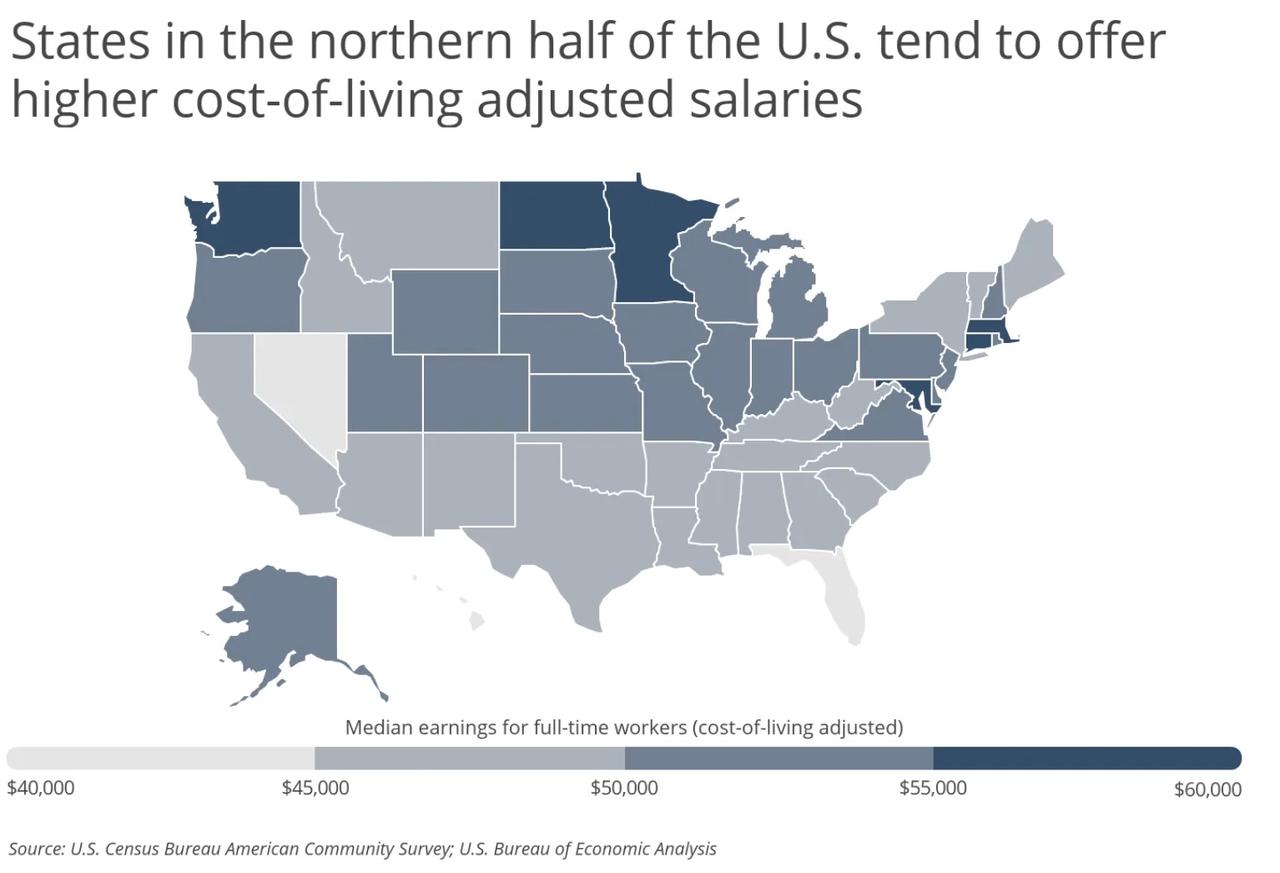Chinese is a tonal language, and the pronunciation sounds more like yoo-en than yoo-aan. The only people who say R-M-B (renminbi) are bankers who can’t wrap their mouth around a foreign word and refuse to try.
The pronunciation sounds pretty similar to the Japanese currency, yen, because it is. The Japanese aristocracy originally borrowed written Chinese and many of its words, including 元 (yuan, yen). Both still use the same character for pricing.
In Chinese, yuan holds the closest translation with the word dollar. If you are talking colloquially you would use the word kuai (块, pronounced kwai and translated as fragment, shard or piece). This would be similar to using buck or quid in American or British English respectively.
RMB is the romanized abbreviation of the word renminbi (人民币) which translates as “the People’s Currency” which has that distinct socialist flavor. The last part of the word, bi, is an older word meaning currency, for instance like the old Chinese coins with the square hole in the middle. Despite the perception of China as an overbearing communist country, in many ways its domestic economy functions with far less regulation and interference than you find in the West.
The American dollar in full is called meiyuan (美元, which translates literally as beautiful dollar). This not a reverent description, but rather the United States in Chinese is called meiguo (beautiful country) which works as a loose transliteration of the name. The “beautiful” is transferred as a national descriptor for the currency, however feel free to assume the literal, poetic meaning.
HT: Jake K.








